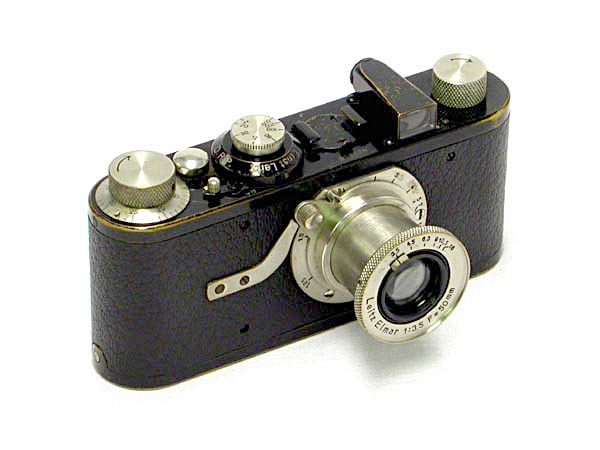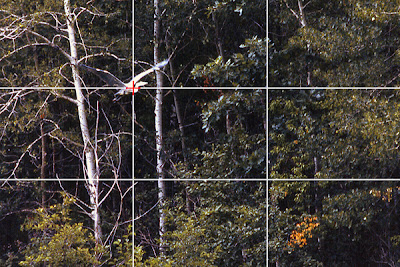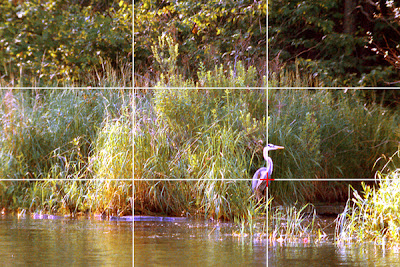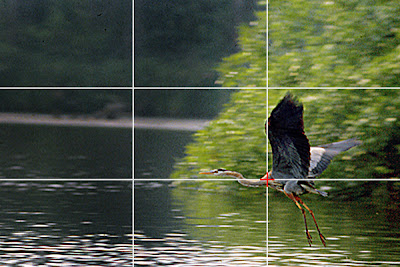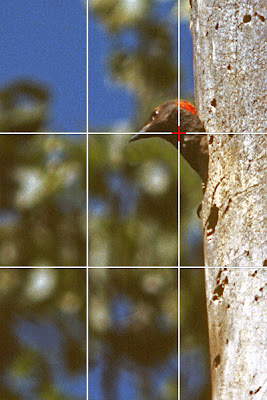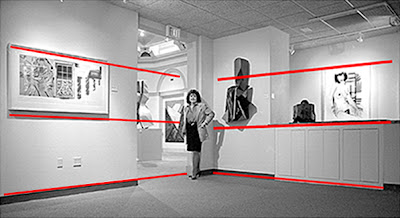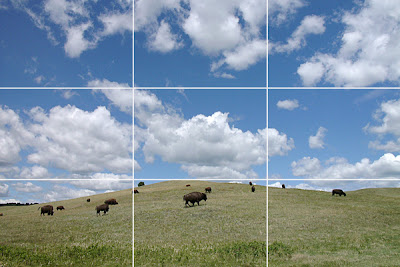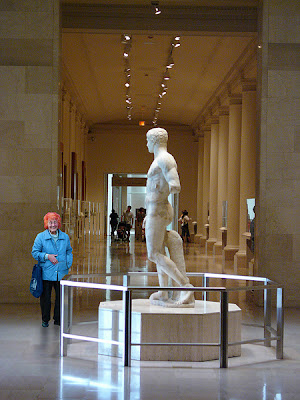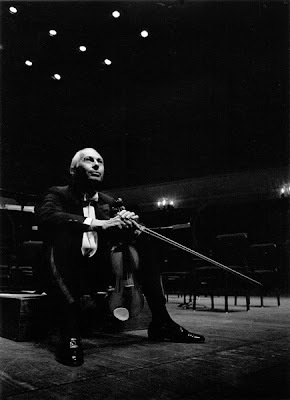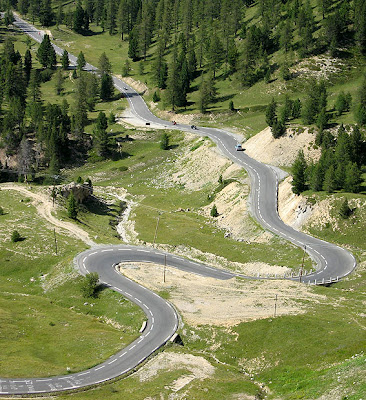By Heinz Richter
Conventional wisdom dictates that sensor size and individual pixel size are primarily responsible for the quality of digital photographs. Yet high end mobile phone cameras regularly achieve results that rival many digital cameras. The following article by German photography magazine PROFIFOTO offers an excellent explanation of this enigma.
PROFIFOTO writes that the HUAWEI P40Pro+ 5G is Huawei’s new flagship and the very first smartphone with two telephoto cameras, which, in conjunction with SuperZoom technology, break the laws of physics through the use of artificial intelligence and a variety of recording modules.
Just as the first Leica changed photography around 100 years ago, in recent years smart photography has influenced the way we deal with images today.
While cameras in Oskar Barnack's time were usually big and heavy, Leica emphasized in the advertisement for its "Lilliput" camera that you could always have it with you so that you could take a photo immediately and without much ado. In a large number of cases, the same now speaks in favor of using a smartphone to take pictures, although it is surely a coincidence that the dimensions of the original Leica do not differ too far from those of its smart great-grandchildren.
In the 100 years or so that lay between the development of Oskar Barnack and smartphones, apart from these basic similarities, a lot has changed radically in the way photographic recording devices work.
While conventional photo cameras take a single exposure when the shutter button is pressed around 100 years after Barnack, smartphone cameras work according to a different principle, which is only partially comparable with classic cameras. The developers of smartphones had to go completely new ways in order to be able to implement the functions of conventional cameras in miniaturized form.
Instead of just taking one exposure per photo, when you press the shutter release, smartphones with their various recording modules create a whole series of images in parallel from separate lens-sensor units. The smartphone processor then compiles the final image from this data.
Smartphone cameras follow a completely different functional principle, the complexity of which is based on far more components than on a more or less high-resolution sensor and lens. Among other things, the processor for processing the diverse image information generated by a motif in the processor of the smartphone and, above all, the firmware or software used for this are decisive. This is one of the reasons why smartphone photography is called computational photography, i.e. computer-aided image creation.
As with conventional cameras, this process begins with the light, which, as is usual with photo cameras, is directed in a purely physical manner via lenses onto the image sensors. Lenses like that of the new Huawei P40 Pro + show how complex the structure of these smartphone lenses can be, the beam path of which is deflected several times, similar to a periscope, so that the construction of the 10x optical zoom fits flush into the narrow smartphone housing. Its development alone took around two years, which shows how important lens design is, especially for smartphones.
The more compact the lens construction has to be, and the larger the zoom factor, the less light the construction can transport in order, among other things, to provide the autofocus with corresponding information. Instead of plastic lenses, Huawei uses glass elements for the P40 Pro + in order to ensure the best possible physical conditions for an optimal photo.
Huawei profits from the cooperation with Leica Camera in Wetzlar, especially in optical design. Since the Huawei P9, Leica has been helping with its know-how to create the optical prerequisites for the so-called metadata that is compiled for the final image to be of the best possible quality.
The physical resolution of the sensor plays a slightly different role here than with conventional cameras. While Samsung, for example, advertises its current smartphone top models with a record-breaking resolution of over 100 megapixels, the sensor of the P40 Pro and Pro + has less than half, namely 50 megapixels. However, it has the currently largest format of 1 / 1.28 inch and consequently the largest pixels of all currently available smartphone sensors of 1.22 μm, which it combines to a pixel size of 2.44 μm through pixel binning. For comparison: The current generation of Samsung smartphones uses pixels with a size of 0.8 μm. In relation to the pixel size of current photo camera sensors, both sounds very little, but even benefit from the comparatively small lead in the pixel size of the Huawei sensor, among other things, its noise behavior, dynamic range, white balance and detail reproduction.
Due to the objectively tiny dimensions of the smartphone sensors, the light intensity of the lens does not play a decisive role in defining the focus area as a design element. In contrast, the amount of light available is of greater importance for the speed and precision of the autofocus.
As with system camera sensors, the physical resolution does not necessarily say anything about the actual image quality, which is why numerous camera models deliver excellent image quality with less than half the resolution provided by the P40 Pro models. In contrast to conventional photo cameras, however, as already described, smartphones not only use the data from the sensor with the highest resolution, but often in combination with image information from the other recording modules, which are analyzed in the smartphone processor and then compiled into the finished image. Their resolution is often significantly lower; in the case of Huawei and Samsung, only 12-megapixel modules are sometimes used.
The main difference between smartphones and conventional photo cameras is the way in which the metadata provided by the recording modules are processed to create the finished photo. Like other manufacturers, Huawei uses artificial intelligence for computational photography. The comparatively young technology is still in its infancy, but is already unfolding its potential when it comes to simulating the physically generated image quality of conventional photo cameras.
The metadata provided by the various recording modules of current smartphones from a motif is analyzed, processed and compiled by the XD Fusion Engine using Artificial Intelligence (AI) so that the image effect is as attractive as possible. A single exposure with a single sensor would not be sufficient for this. Huawei is currently using up to five recording modules in its smartphones in order to be able to offer the system a maximum amount of data for the so-called image fusion.
Because every single image contributes different information, be it about the colors in the subject, the appropriate depth of field depending on the subject, or the focus. The more different data sources contribute, the more complex Image Fusion can make optimizations for the final photo.
Huawei used AI for the first time in its P10 smartphone series. Since then, the capabilities of artificial intelligence have been continuously improved. After all, it not only has to recognize what kind of motif it is in each case, but also decide how the image data should be prepared in the best possible way in accordance with the motif. In the beginning it was about differentiating a dog from a cat, for example, or distinguishing between blue skies and green grass, but AI is now able to come to far more complex conclusions. For example, if the AI recognizes a cat as a motif, it can make partial modifications to match the motif detail. The system sharpens the eyes while the fur is rendered a little softer, and all in a fraction of a second. The ability to differentiate between necessary and / or desired processing steps has meanwhile gone so far that, for example, skin in portraits is not simply “ironed smooth”, but certain image details are retained. AI can even take into account different cultural preferences for the look of a photo.
Artificial intelligence can also help to filter the crucial moment out of a whole frequency of images, such as video sequences. The computing power required for this requires the seamless integration of the firmware or software with the hardware in order to be able to further outwit the limits of physics.
For more information go to www.huawei.com
For other articles on this blog please click on Blog Archive in the column to the right
To comment or to read comments please scroll past the ads below.
All ads present items of interest to Leica owners.
_______________________________________________________________________

The next Tamarkin Camera auction isNovember 14, 2020
Buy vintage Leica cameras from America's premier Leica specialist
http://www.tamarkin.com/leicagallery/upcoming-show




